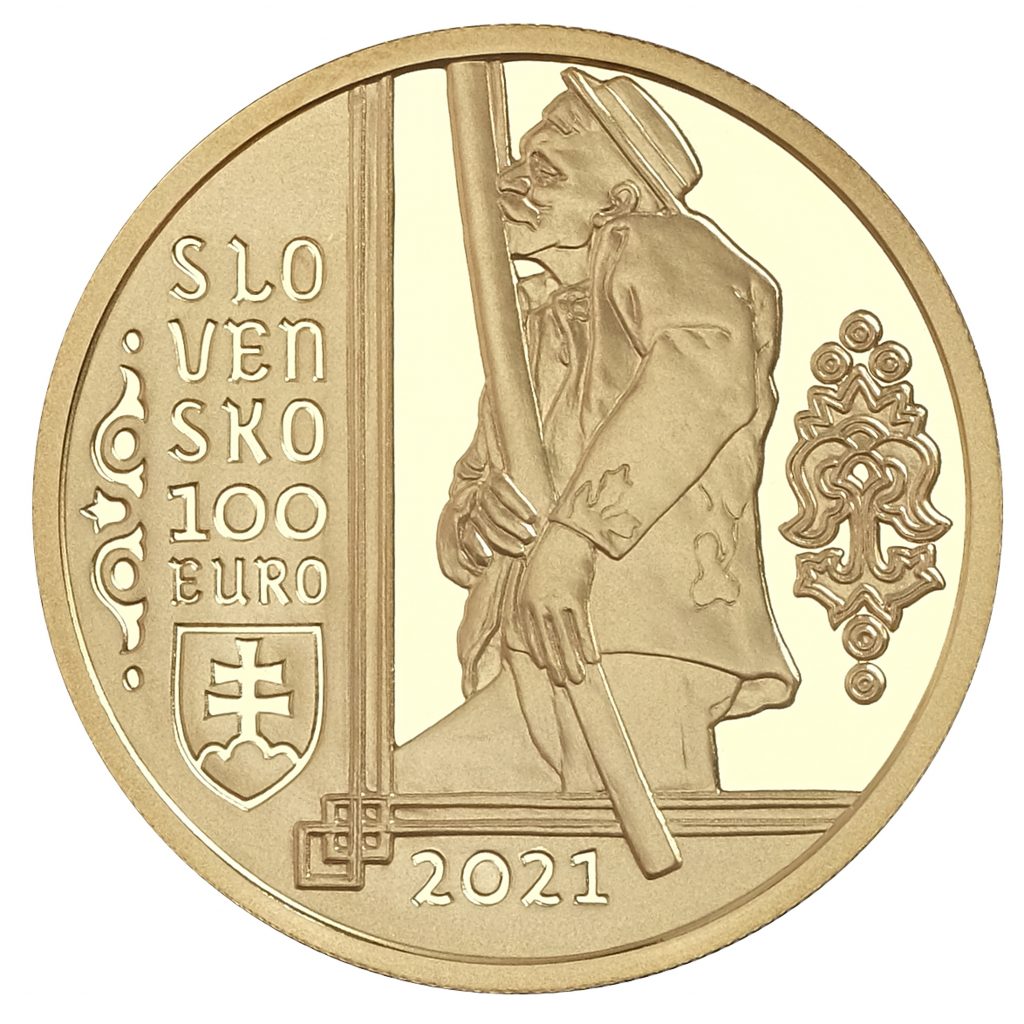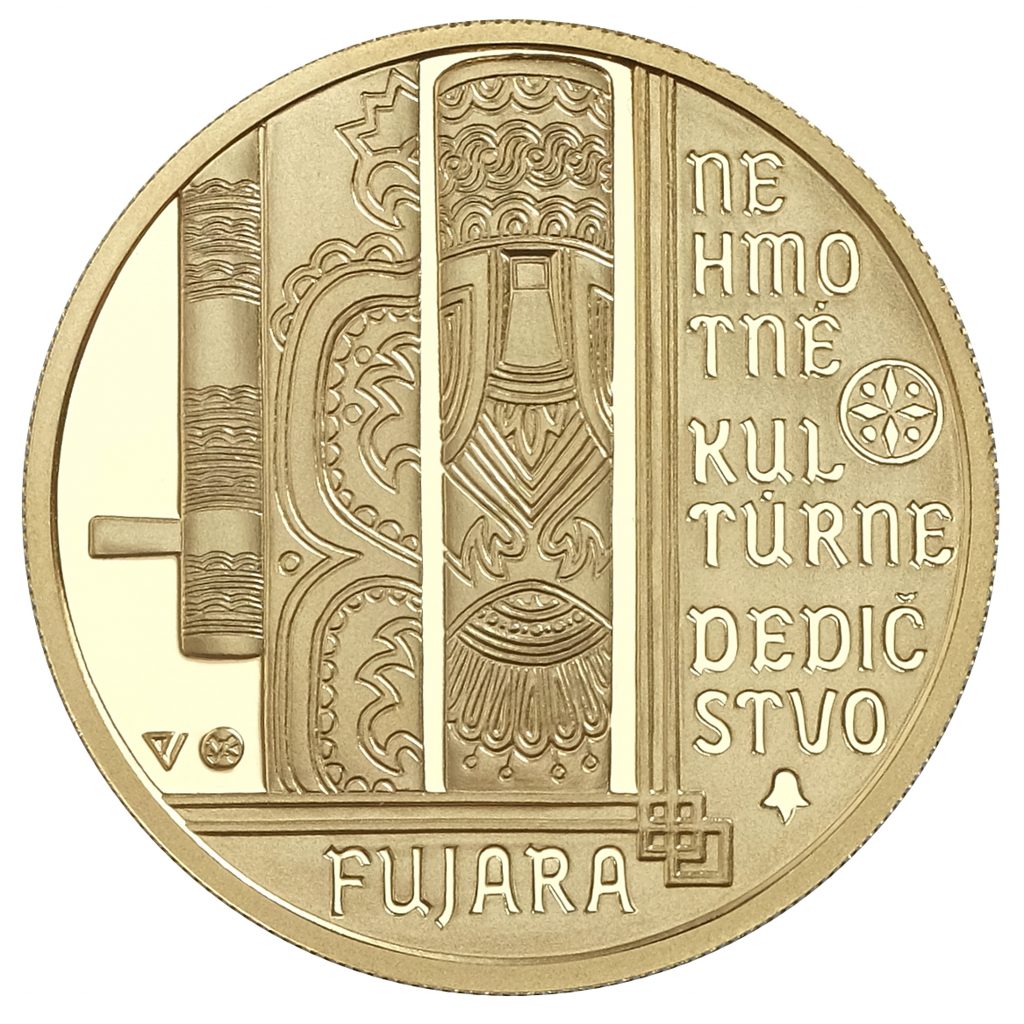-
NBS Tasks
Browse topics
- Monetary policy
- Financial market supervision
- Financial stability
- Banknotes and coins
- Payments
- Statistics
- Research
- Legislation
-
Publications
- Activity Report of the NBS Innovation Hub Annual Report Carbon Footprint Report of NBS Climate-related disclosures of NBS non-monetary policy portfolios Economic and Monetary Developments Financial Stability Report Investment Policy Statement of the National Bank of Slovakia Macroprudential Commentary
- Policy Briefs Report on the Activities of the Financial Market Supervision Unit Research Papers: Working and Occasional Papers (WP/OP) Statistical Bulletin Structural Challenges Other publications Sign up for your email notifications about publications
- About the Bank
- Media
- Frequently asked questions
-
For the public
Browse topics
- About the Bank
- Exchange rates and interest rates
- Banknotes and coins
- Payments
- Financial stability
- Financial market supervision
- Statistics
- Legislation
-
Publications
- Activity Report of the NBS Innovation Hub Annual Report Economic and Monetary Developments Financial Stability Report Macroprudential Commentary
- Report on the Activities of the Financial Market Supervision Unit Research Papers: Working and Occasional Papers (WP/OP) Statistical Bulletin Other publications Sign up for your email notifications about publications
- Frequently asked questions
- Media
- Careers
- Contact
Intangible cultural heritage in Slovakia: The fujara and its music
€100 gold collector coin
The fujara is a unique woodwind folk instrument that originated in Slovakia. Featuring an exceptionally long tube and three tone holes, the fujara was traditionally played mainly by Slovak shepherds, but it also appeared at more formal occasions of celebration or mourning. The body of the fujara consists of two interconnected parts: a main tube (typically between 160 and 200 cm long) and a smaller parallel tube (50–80 cm long). The instrument is often decorated with plant motifs or with the traditional ribbon pattern preserved mainly in bobbin laces from the Podpoľanie region. Besides standard-sized fujaras, there are also mini-fujaras and double fujaras, each reflecting unique attributes of their maker and player. Fujara music is notable for its deep tones emitted by its lower register and for very high overtones made possible by the length of the instrument. Fujara players traditionally intersperse their playing with singing. The fujara has appeared in the works of composers such as Svetozár Stračina. This instrument and its music represent a special part of the intangible cultural heritage of both Slovakia and humanity as a whole.
-
Coin description
Obverse:
The obverse depicts a man playing the fujara, set within a space delimited by the edge of the coin and by the left and lower edges of a decorative frame. To the left of the frame is the name of the issuing country ‘SLOVENSKO’, divided into three lines. Below the name are the coin’s denomination ‘100’ and currency ‘EURO’, one above the other, and below that, still to the left of the frame, is the Slovak coat of arms. The far left and right edges of the design feature decorative folk elements. The year of issuance ‘2021’ appears below the frame at the bottom of the design.Reverse:
The obverse image consists of two details of a richly decorated fujara, set within a space delimited by the edge of the coin and by the right and lower edges of a decorative frame. In the lower left part of this space are the stylised letters ‘PV’, referring to the coin’s designer Peter Valach, and the mint mark of the Kremnica Mint (Mincovňa Kremnica), consisting of the letters ‘MK’ placed between two dies. To the right of the frame is the inscription ‘NEHMOTNÉ KULTÚRNE DEDIČSTVO’ (intangible cultural heritage) together with two decorative folk elements. The word ‘FUJARA’ is inscribed below the frame at the bottom of the design.
-
Coin details
Designer: Peter Valach Composition: .900 gold, .75 silver, .25 copper Weight: 9.5 g Diameter: 26 mm Edge: milled Producer: Kremnica Mint Engraver: Dalibor Schmidt Issuing volume: 3,900 coins in proof quality Issuing date: 18 October 2021

